T4K3.news
Crew 10 Lands After 148-Day Space Station Mission
Four astronauts return safely from the ISS, completing a five-month orbital mission and beginning the journey back to shore and Houston.
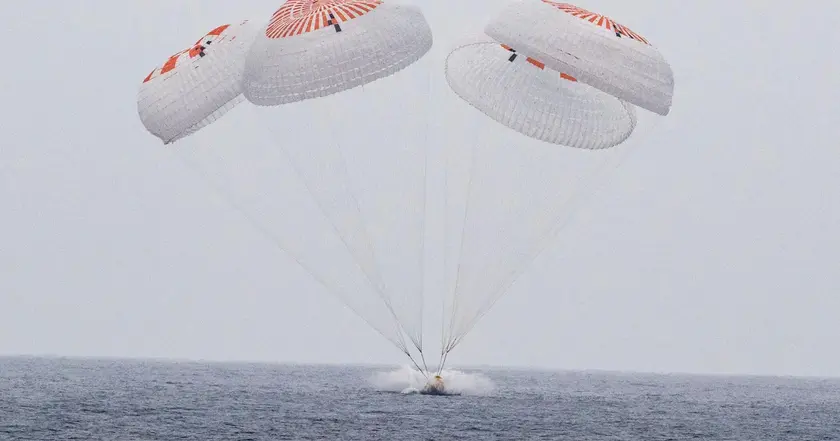
Splashdown off San Diego ends a 148-day mission for four astronauts aboard SpaceX's Crew Dragon Endurance.
Crew 10 Lands After 148-Day Space Station Mission
Crew 10, aboard SpaceX's Endurance, landed in the Pacific Ocean off Southern California on Saturday after 148 days aboard the International Space Station. Commander Anne McClain, pilot Nichole Ayers, Japanese astronaut Takuya Onishi and Russian cosmonaut Kirill Peskov splashed down at 11:33 a.m. EDT, completing a flight that undocked from the ISS Friday and used a Draco thruster burn to slow for re-entry. High winds delayed undocking by about two days, but the crew remained in good spirits as support teams prepared for recovery at sea.
Landing in the Pacific marks a deliberate shift in NASA and SpaceX operations to keep debris away from populated areas. Recovery crews quickly secured the capsule and began medical checks before transporting the crew to shore and then to the Johnson Space Center in Houston. The mission also set the stage for Crew 11 to take over operations on the station while also noting the continued rotation of international members and the ongoing partnership with Soyuz crews on orbit.
Key Takeaways
"Ocean landings set a safer course for crewed flights"
highlighted point about landing safety strategy
"International teamwork keeps spaceflight on track"
editorial note on cross-border collaboration
"Safe returns are the quiet engine of exploration"
reflective statement on mission outcomes
"This mission shows how private and public partners drive progress"
assessment of SpaceX NASA collaboration
The Pacific splashdown underscores a practical shift in how NASA and its commercial partners manage risk and debris. SpaceX’s landing location aligns with a safety-first approach that prioritizes open water and unpopulated zones, reducing potential harm to people on land. The mission also reinforces the value of international cooperation in space, with a mixed crew that blends NASA, Japanese, and Russian partners. As NASA charts longer flights and more complex station operations, the ability to hand over seamlessly to new crews will be crucial for maintaining continuity and momentum.
This flight also signals how the space era is changing. Private companies like SpaceX are not just suppliers; they are essential operators for crewed missions. The cadence of rotations, plus the presence of both NASA and foreign crewmates, hints at a durable model for future exploration and research that relies on shared expertise and robust launch and recovery infrastructure.
Highlights
- Ocean landings set a safer course for crewed flights
- International teamwork keeps spaceflight on track
- Safe returns are the quiet engine of exploration
- A calm splash is the best headline for hard work
The next phase of human spaceflight will test endurance, cooperation, and safe returns.
Enjoyed this? Let your friends know!
Related News
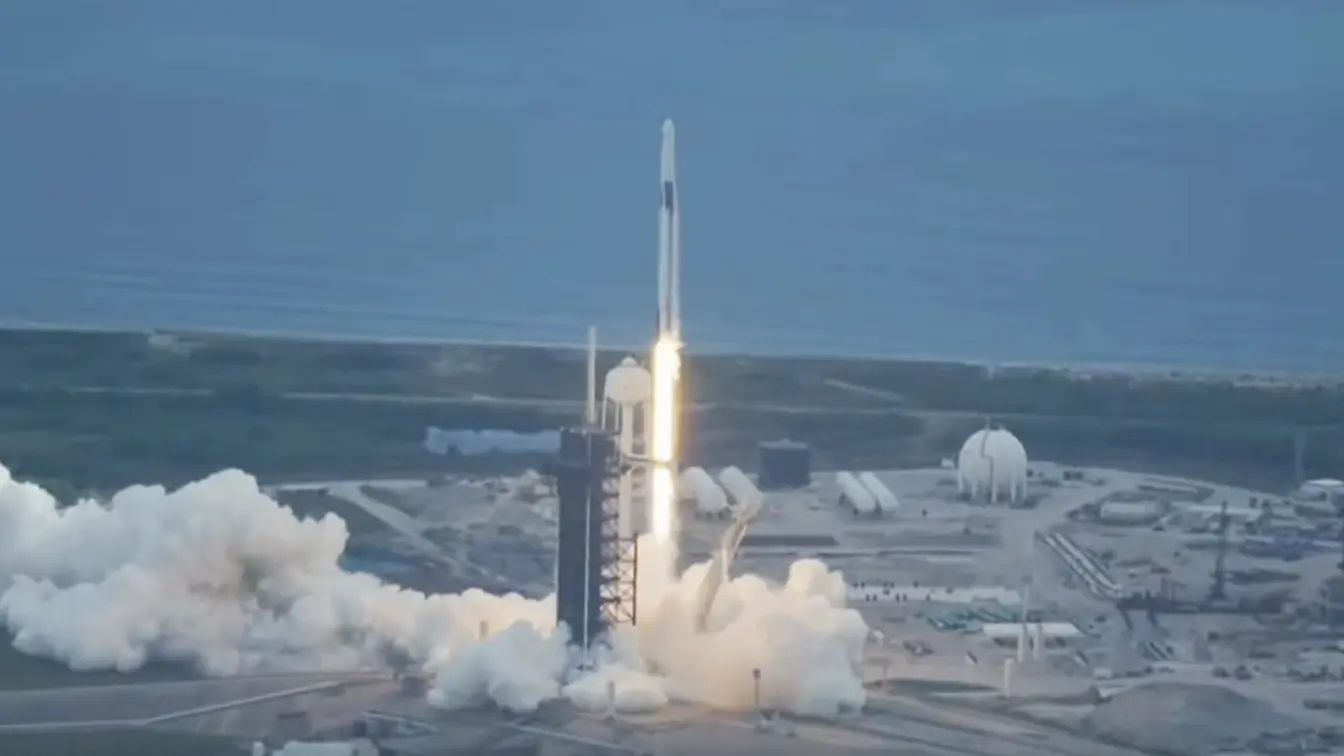
SpaceX launches Crew-11 astronauts to ISS
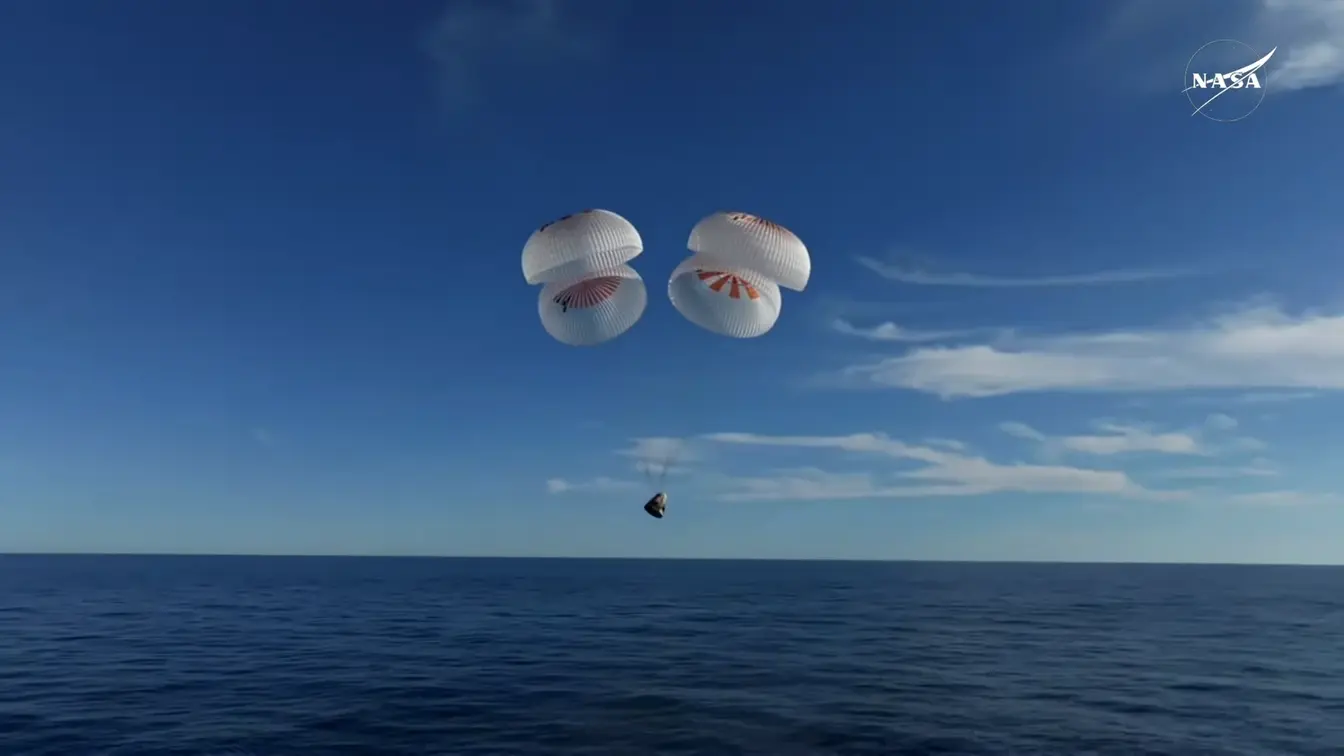
Crew-10 returns to Earth after five months in space

SpaceX Crew-11 astronauts dock with ISS
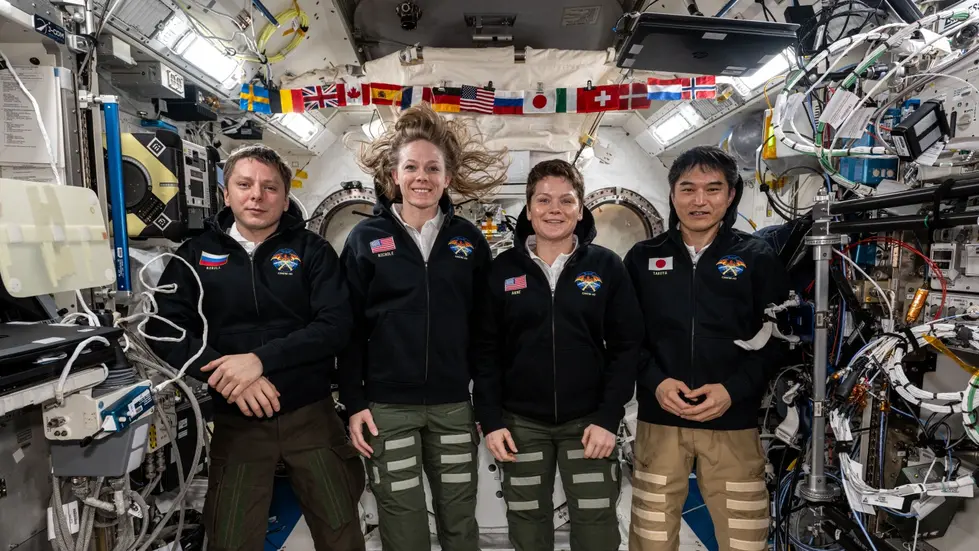
Crew-10 returns from ISS after five months

Donald Pettit reveals stunning photography from space
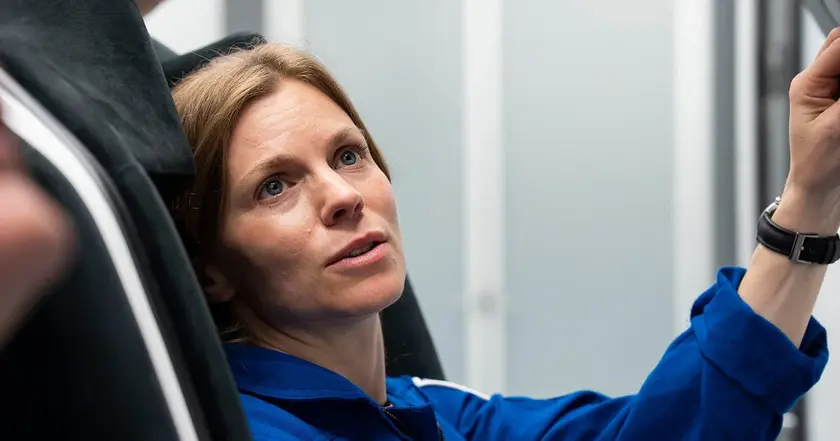
NASA set to launch Crew Dragon mission
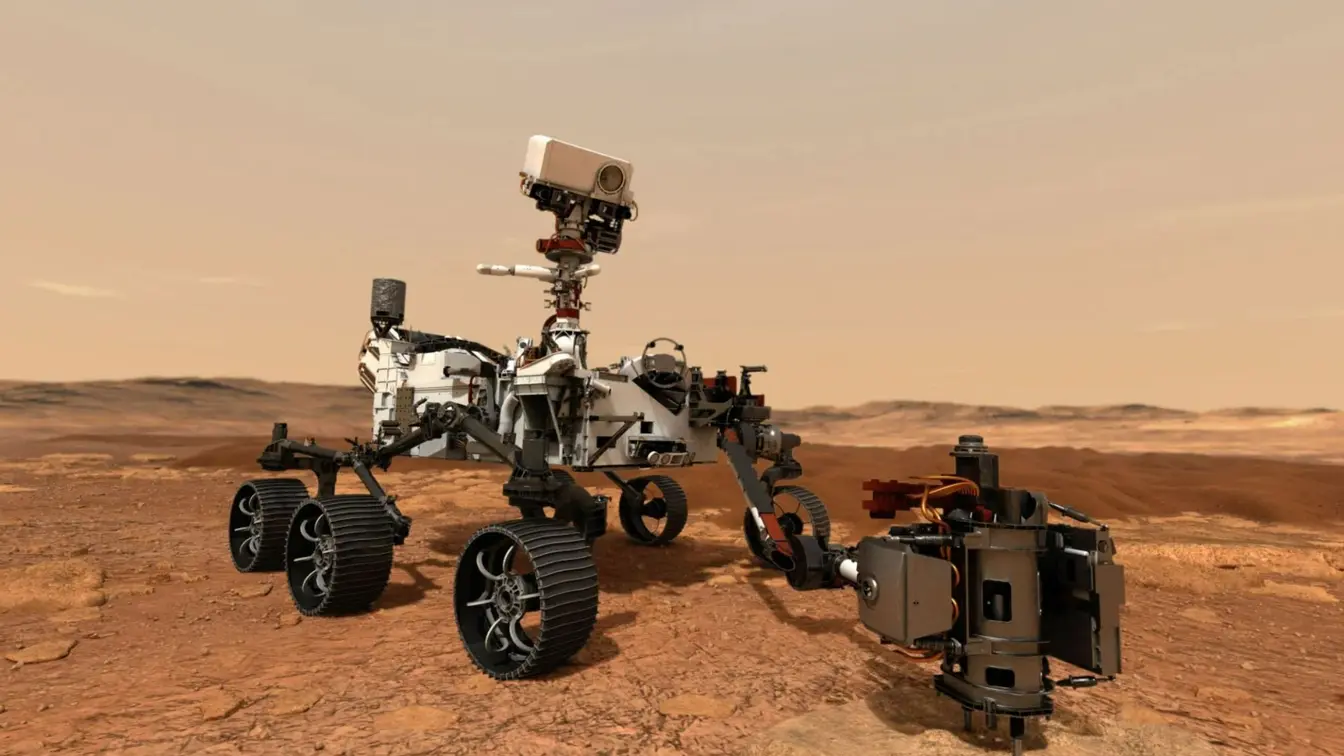
NASA scientist fears Mars contamination risks

SpaceX launches Crew-11 astronauts to the ISS
